In the pantheon of influential architects and designers, Charlotte Perriand occupies a unique and revered position. Her innovative approach to modern architecture, coupled with her keen sense of aesthetics and functionality, has left an indelible mark on the design world. Perriand’s journey from a young aspirant to a celebrated architect is not just a story of personal triumph but also a testament to her contributions that reshaped the very fabric of modern living.
Born on October 24, 1903, in Paris, France, Perriand grew up in a vibrant artistic milieu. Her early exposure to art and culture nurtured her creative instincts. She studied furniture design at Ecole de L’Union Centrale des Arts Décoratifs in Paris, where she honed her skills and developed a profound understanding of materials and form. Her encounters with avant-garde artists and architects of her time, including Le Corbusier and Fernand Léger, deeply influenced her perspective, setting the stage for her groundbreaking career.
Perriand’s foray into architecture began when she joined the studio of Le Corbusier and Pierre Jeanneret in 1927. Her collaboration with these architectural visionaries proved to be a pivotal moment in her life. Her designs, characterized by clean lines, innovative use of materials, and emphasis on functionality, quickly gained recognition. Notably, her iconic ‘B306’ chaise loungue, a sleek, tubular steel and leather lounger, showcased her innovative approach to furniture design and catapulted her into the limelight.
Perriand’s importance in the world of architecture and design cannot be overstated. She played a crucial role in redefining the concept of interior spaces, advocating for a harmonious blend of form and function. Her designs emphasized practicality without sacrificing aesthetics, a philosophy that continues to resonate in contemporary design practices. Perriand’s innovative use of materials, such as steel, glass, and aluminum, challenged traditional norms and paved the way for the modernist movement.
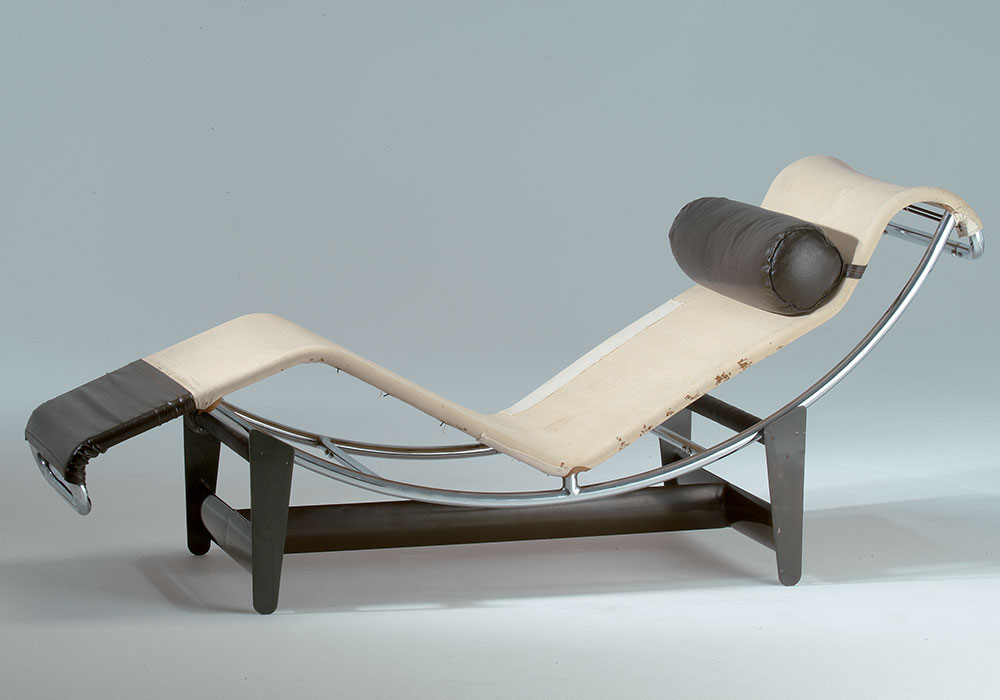
Chaise longue, B306 (first series) by Le Corbusier, Pierre Jeanneret, Charlotte Perriand. Courtesy of the Boisbuchet domain
Moreover, Perriand’s emphasis on user experience and ergonomic design anticipated the user-centered approach that defines contemporary architecture and interior design. Her projects often incorporated modular elements, allowing for customization and adaptability, reflecting her foresight into the evolving needs of inhabitants.
Perriand’s brilliance did not go unnoticed. Throughout her illustrious career, she received numerous accolades and awards that celebrated her contributions to the world of design. Her innovative work was showcased at various international exhibitions, earning her critical acclaim. In 1973, the French government bestowed upon her the prestigious title of Officier de la Légion d’honneur, recognizing her exceptional contributions to the field of architecture and design.
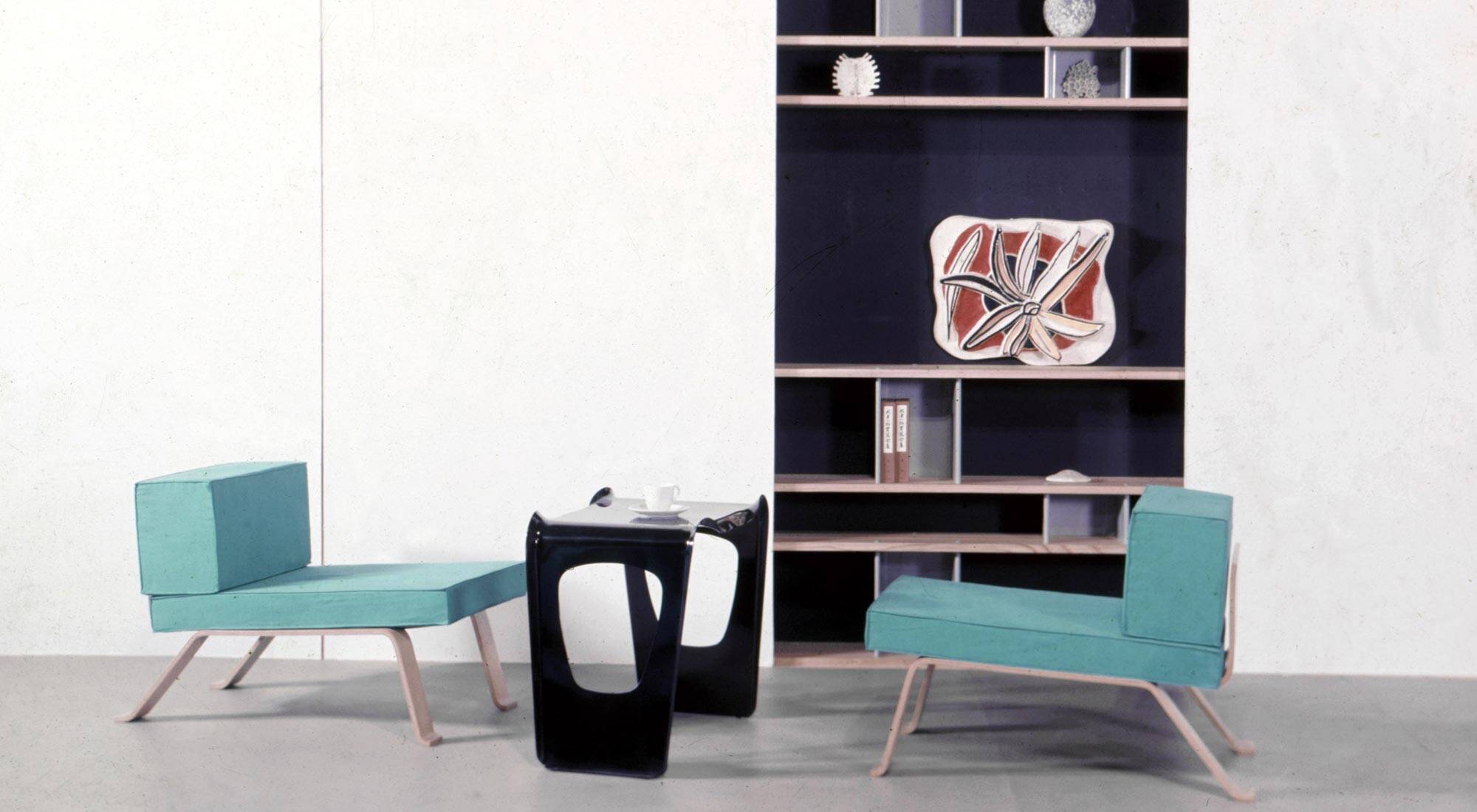
“Inventing a New World” at the Foundation Louis Vuitton, by Charlotte Perriand. Courtesy of Foundation Louis Vuitton
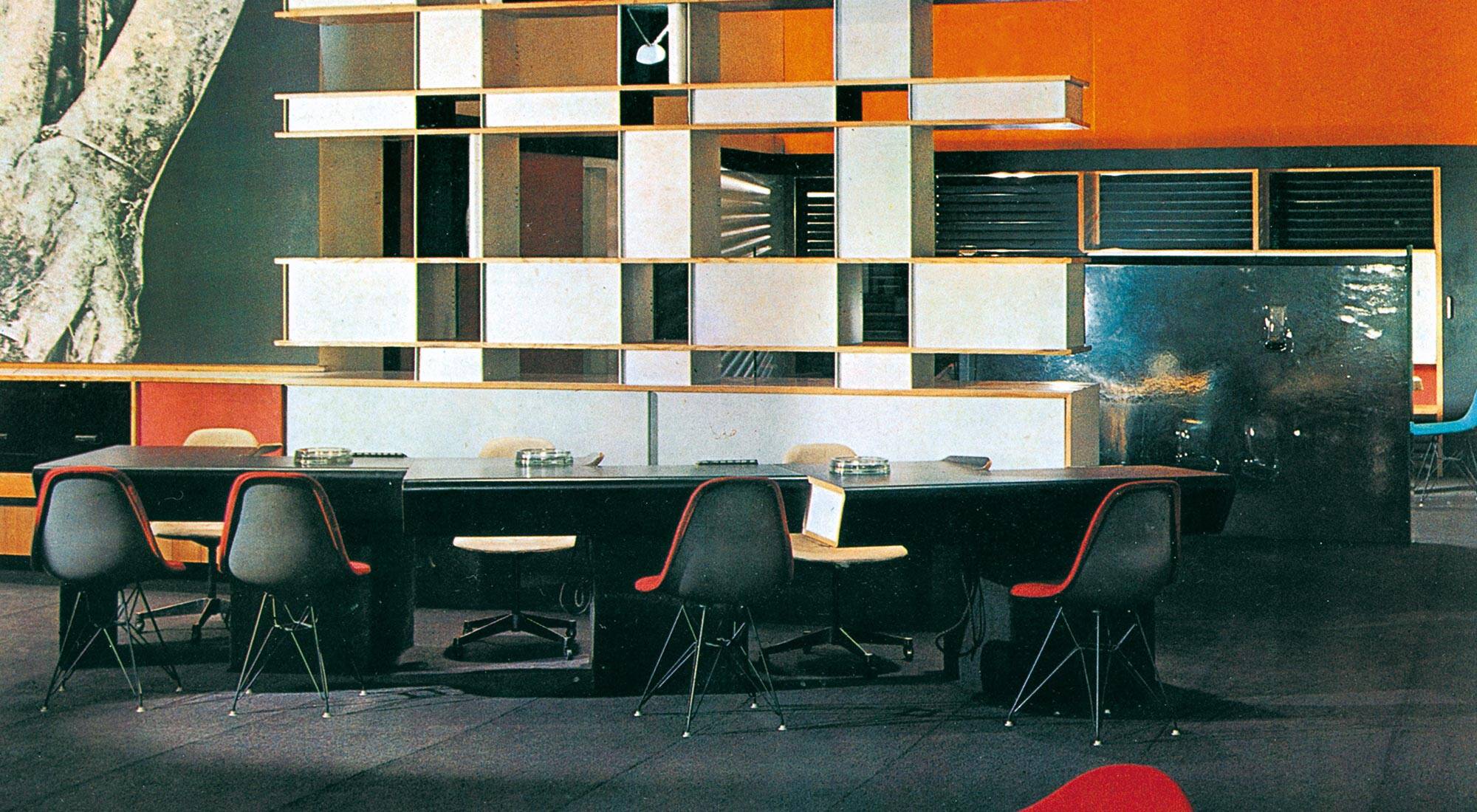
“Inventing a New World” at the Foundation Louis Vuitton, by Charlotte Perriand. Courtesy of Foundation Louis Vuitton
Charlotte Perriand’s legacy is indelibly marked by a series of groundbreaking projects that have become iconic symbols of modern design. Among her most significant works is the collaboration with Le Corbusier and Pierre Jeanneret on the Villa Savoye,, a masterpiece of modernist architecture. Perriand’s contribution to the interior spaces of the villa, characterized by open layouts and innovative furniture pieces, played a pivotal role in defining its unique character. Her designs seamlessly integrated form and function, creating a harmonious living environment that exemplified the principles of the Modern Movement.

Villa Savoye 1929, by Le Corbusier

Le Versant Sud, 1974. Designed by a collective of Architects led by Charlotte Perriand
Perriand’s influence extended to the Les Arcs ski resort in the French Alps, where she transformed the interiors of apartments and communal spaces. Her creative use of space-saving solutions and incorporation of rustic materials redefined the concept of Alpine living, setting a new standard for resort architecture. The result was not just aesthetically pleasing but also highly functional, reflecting Perriand’s commitment to enhancing the user experience.
Another milestone in Perriand’s career was her work on the Tokyo Exhibition in 1955, where she skillfully merged traditional Japanese craftsmanship with contemporary design elements. Her installation captivated visitors with its seamless fusion of cultural influences, showcasing Perriand’s ability to bridge the gap between heritage and modernity. This project not only highlighted her design acumen but also demonstrated her cultural sensitivity and global perspective.
Additionally, Perriand’s B306′ chaise longue, an iconic piece of furniture, remains a testament to her innovative approach to design. The sleek, tubular steel and leather lounger epitomize the essence of modern elegance and ergonomic comfort. Its enduring popularity speaks volumes about Perriand’s ability to create timeless designs that transcend temporal boundaries.
In each of these projects, Charlotte Perriand’s vision, creativity, and attention to detail are palpable. Her ability to reimagine spaces, seamlessly blending form and function, has left an indelible mark on the world of architecture and design, inspiring generations of architects and enthusiasts alike. Her innovative spirit, coupled with a deep understanding of human needs and aesthetic sensibilities, continues to inspire architects and designers worldwide. Through her pioneering work, Perriand not only shaped the physical spaces we inhabit but also transformed our perception of what architecture and design can achieve. As we reflect on her remarkable journey, we celebrate a trailblazer whose visionary creations continue to enrich our lives, reminding us of the enduring power of thoughtful and purposeful design.


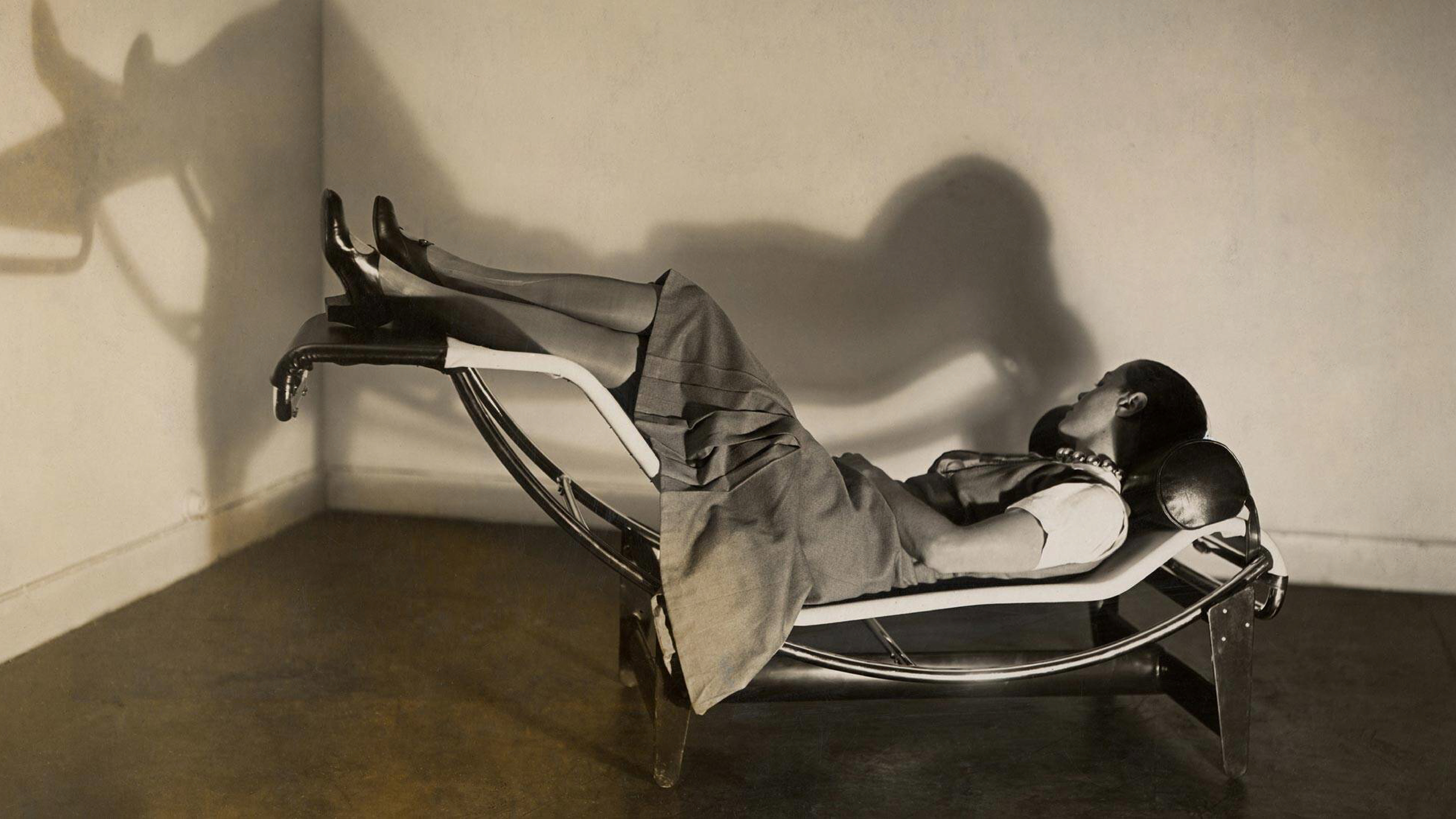

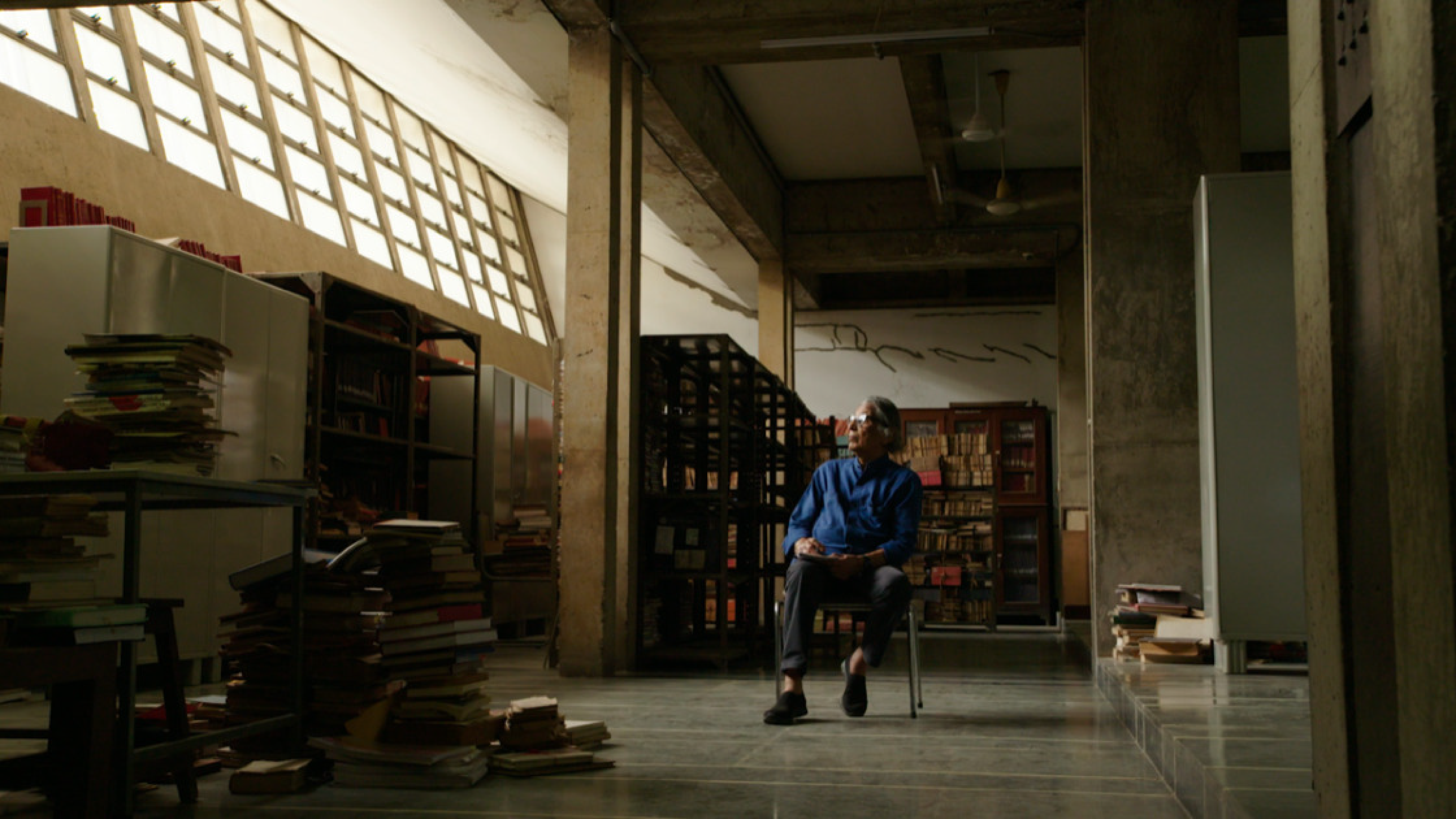


Leave A Comment